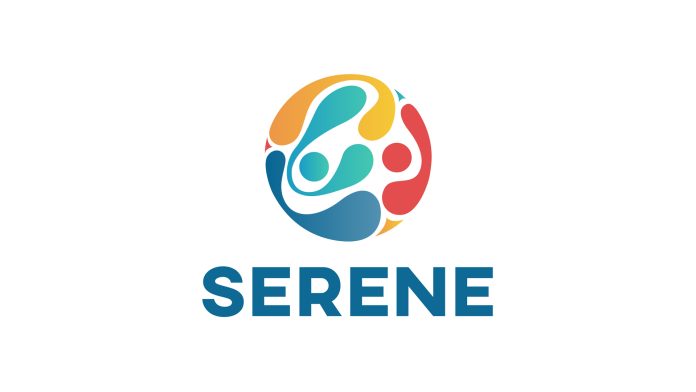As Europe accelerates its transition to renewable energy, the SERENE project is turning ambition into action.
Backed by the EU’s Horizon 2020 programme, SERENE is demonstrating how smart technologies, community collaboration, and innovative energy management can reshape the way we produce, store, and consume power.
The project’s latest newsletter offers a front-row view into this transformation, showcasing real-world progress from pilot sites in Denmark, the Netherlands, and Poland – where sustainable living is no longer a concept but a daily reality.
Balancing the grid: Demand-side response takes centre stage
The newsletter opens with a deep dive into the increasingly complex challenge of maintaining balance in electricity systems dominated by variable renewables.
The spotlight is on demand-side response (DSR) – a key strategy for stabilising the grid by influencing when and how energy is used.
From basic incentives like time-of-use tariffs to advanced systems that dynamically shift household or industrial consumption, the article unpacks a wide range of demand-shaping tools.
A notable case study features the wastewater treatment plant in Przywidz, Poland, which is testing its participation in DSR schemes.
This marks a rare example of a smaller facility being integrated into flexibility markets, potentially opening the door to broader community involvement in grid stability efforts.
Danish demonstrator: From vision to vibrant community
In Denmark, the Hyllegård Høje energy community has transitioned from blueprint to reality. Residents have moved in, and the smart energy systems – spearheaded by NEOGRID’s Community Energy Management System (CEMS) – are actively optimising energy usage in real-time.
The site features local photovoltaic (PV) generation, intelligent monitoring, and plans for a central battery to boost solar self-consumption. A visit from the SERENE consortium earlier this year confirmed the project’s success as a scalable model for future communities.
In contrast, a companion article reports the sobering outcome from nearby Skanderborg Municipality, where plans to build local energy communities using “termonets” (low-temperature district heating networks) was ultimately shelved.
Factors such as fluctuating gas prices, increased installation costs, and regulatory shifts undermined financial feasibility. The key takeaway? Termonets are most viable in new developments, reinforcing the importance of early integration in urban planning.
Dutch demo: Aardehuizen achieves breakthrough in self-sufficiency
In Olst, the Netherlands, the Aardehuizen eco-village reached a milestone with the successful deployment of a neighbourhood battery.
This battery, connected to the community’s solar arrays, allowed residents to meet nearly all of their daily energy needs without drawing from the external grid – even in early March.
The achievement is not only a technical triumph but also a cultural one, aligning with the neighbourhood’s long-standing sustainability goals.
The battery also addresses a critical challenge facing Dutch grid operators: congestion caused by excess solar power being fed back into local transformers.
Smart controls, charging stations, and real-time energy management are now helping reduce feed-in peaks and prevent outages, with preliminary data showing a 48% reduction in grid congestion.
Polish demo: Cutting-edge energy storage empowers community
Back in Poland, Arena Przywidz – a multifunctional public facility – has successfully implemented a Vanadium Redox Flow Battery (VRFB), a state-of-the-art storage solution known for its safety and longevity.
The system, paired with an intelligent Energy Management System, is already helping to smooth load peaks and optimise self-consumption of on-site solar power.
Further improvements include smart integration of heat sources such as pumps and gas boilers, giving the central control system full visibility and flexibility to choose the most efficient energy source based on availability and cost.
The impact? Greater resilience, lower energy bills, and a concrete example of how municipal buildings can lead the energy transition.
Project highlights and international engagement
Beyond the demo sites, the reach of the SERENE project is expanding through public engagement and international collaboration.
Recent highlights include a booth at the Deventer Sustainability Centre’s 5th anniversary in the Netherlands, participation in the #bridgeEU General Assembly in Brussels, and a high-level Polish-Mongolian cooperation meeting in Warsaw.
Each event offered opportunities to share the project’s innovations with broader audiences and explore future partnerships.
Whether through smarter homes, responsive public infrastructure, or cutting-edge storage, the SERENE project is demonstrating what a sustainable, decentralised energy future can look like – one community at a time.
Curious to learn more? Dive into the full SERENE newsletter for detailed insights, data, and behind-the-scenes perspectives from the project’s international partners.









